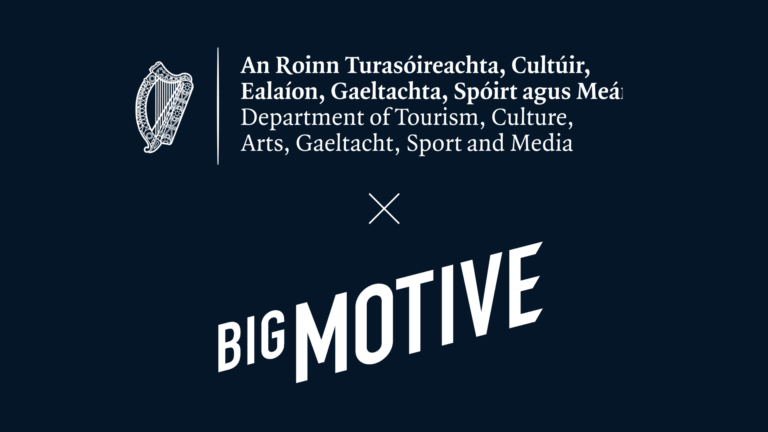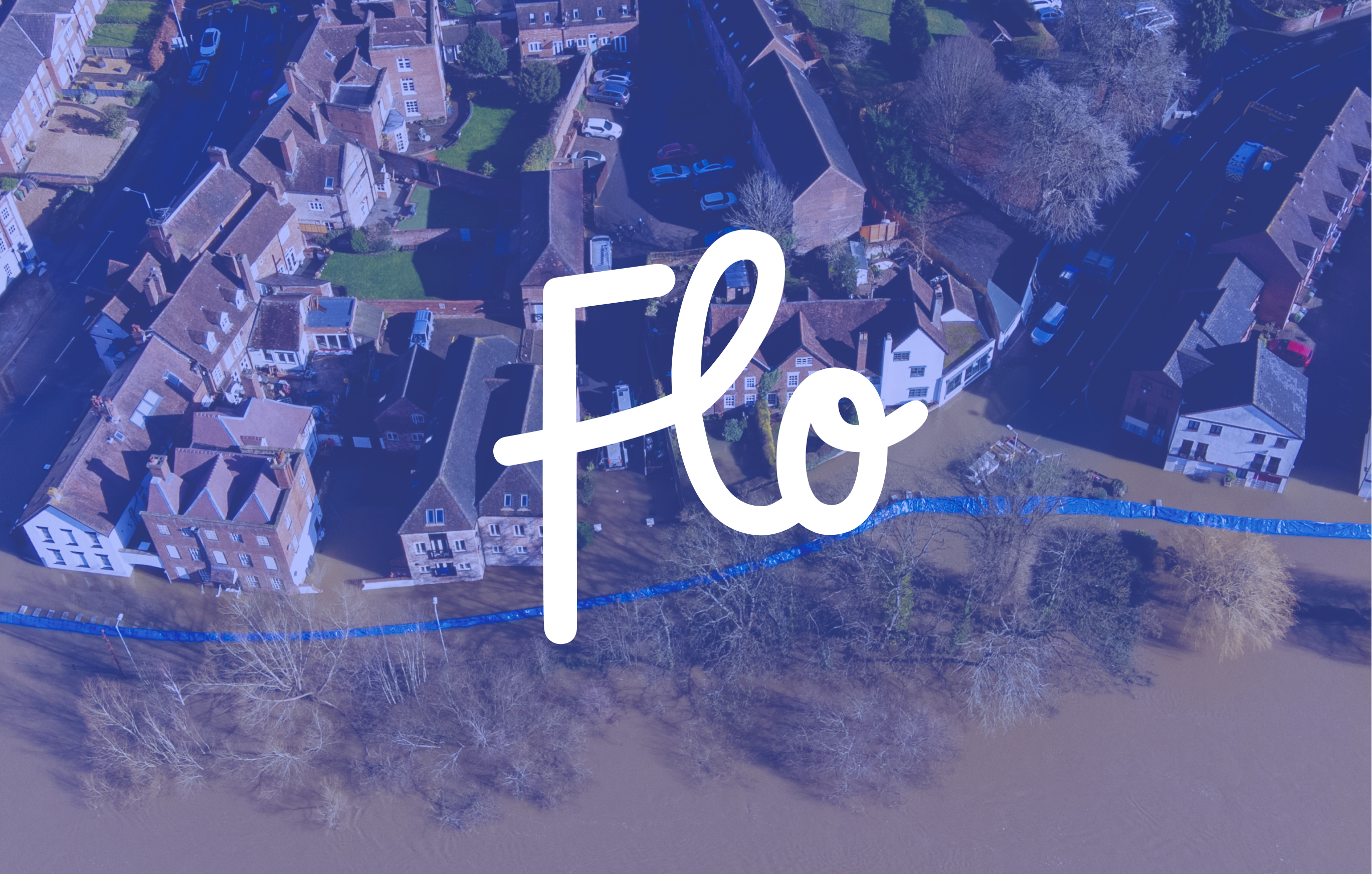
Designing for Resilience: How Flo the Flood Bus is Helping Scotland Adapt to Climate Change
Extreme weather is no longer a distant threat—it’s happening now. Across the UK, communities are feeling the devastating effects of flooding, and Scotland has been hit particularly hard. Last year, STV News reported that flood warnings reached their second-highest level in modern history, underscoring the urgency for action.
With every storm, homes are destroyed, businesses are forced to close, and families are left facing the emotional and financial burden of recovery. And yet, despite the growing risk, many communities remain unprepared, either unaware of their flood risk or uncertain about the steps they can take to protect themselves.
I’ve been working with Flood Re for some time, focusing on how we can help people understand and prepare for flooding. Most recently, this work brought me to Edinburgh for the launch of Flo the Flood Bus—a project designed to bring flood education and resilience resources directly to at-risk communities.
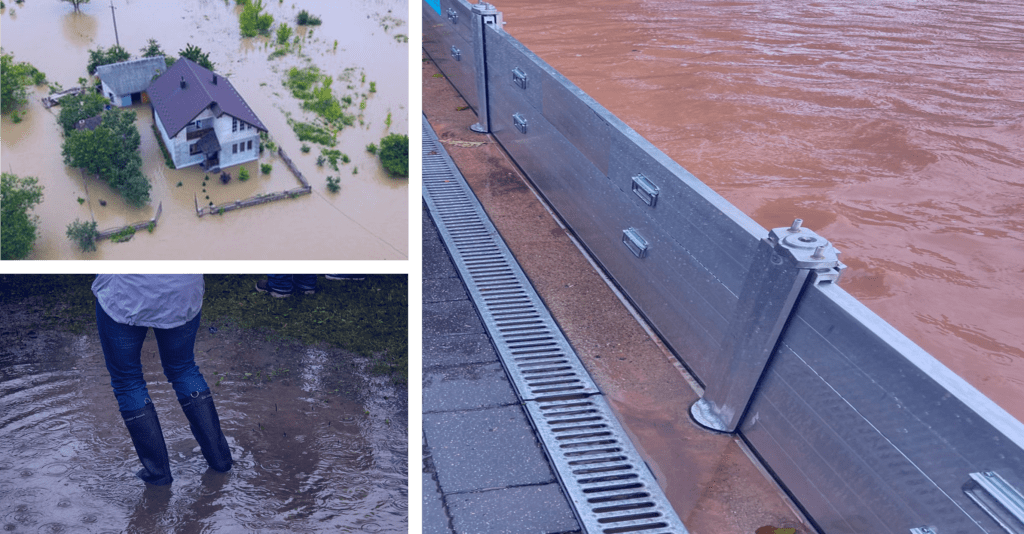
Why a Flood Bus?
For many people, the impact of flooding only becomes real once it happens to them. By then, it’s often too late to mitigate the damage. One of the biggest challenges we face is raising awareness before disaster strikes.
That’s where Flo the Flood Bus comes in. A collaboration between Flood Re, the Scottish Flood Forum, and Watertight, Flo is a mobile information hub, designed to travel to Scotland’s flood-prone and remote areas. It offers practical advice, hands-on demonstrations of Property Flood Resilience (PFR) solutions, and one-on-one support for homeowners, businesses, and local authorities.
Flo isn’t just about providing information—it’s about empowering people to take action. Whether it’s installing flood-resistant doors, understanding flood warnings, or making informed insurance decisions, the bus serves as a direct link between those who need help and those who can provide it.
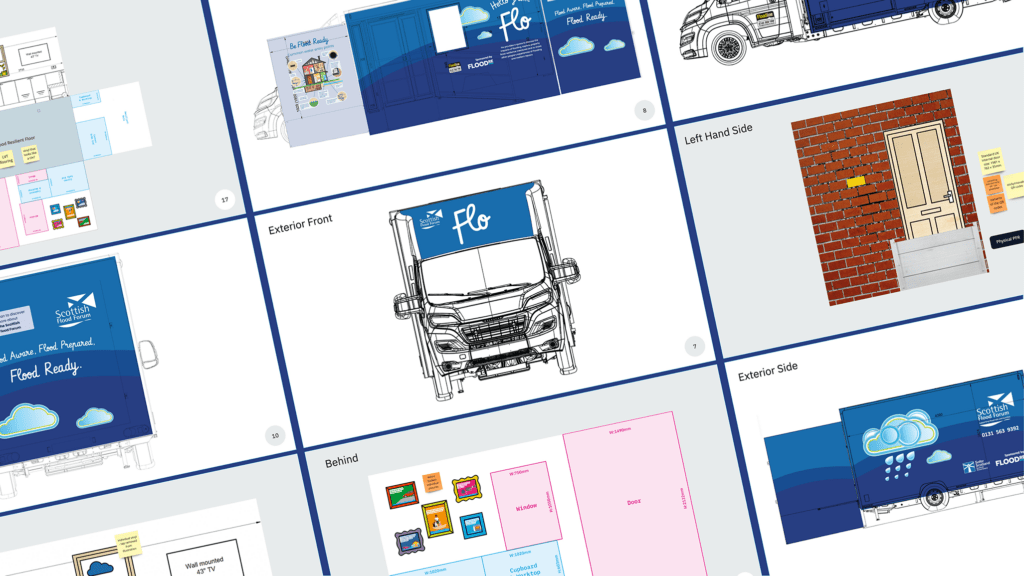
The Power of Human-Centred Design
As a designer, I know that engagement is everything. You can have the best information in the world, but if it doesn’t connect with people—if it doesn’t feel relevant or accessible—it won’t lead to real change. That’s why the design of Flo was just as important as the information it delivers.
At Big Motive, we take a human-centred design approach, which means we don’t assume what people need—we ask them. Before building Flo, we conducted extensive research, including:
- User interviews with people who had experienced flooding firsthand, helped us understand their fears, frustrations, and challenges.
- Community personas to tailor the experience to different audiences, from flood survivors to proactive homeowners looking for preventative solutions.
- Stakeholder content workshops with flood experts, insurers, and community leaders to ensure the information was accurate, actionable, and engaging.
Through this process, we ensured that Flo wasn’t just another generic awareness campaign—it was something people would actually use.
Designing for Accessibility and Impact
From the outset, we knew that Flo had to be interactive, engaging, and accessible to all. That meant designing an experience that could work in a variety of settings and reach people who might not otherwise engage with flood resilience initiatives.
Some of the key design choices we made included:
- Physical PFR solutions: People can see and touch flood-resistant materials, helping them understand how simple changes can make a big difference in protecting their homes.
- Offline accessibility: Since many rural areas have limited internet access, we ensured that digital tools and resources could be accessed without Wi-Fi.
- Clear, relatable messaging: Flood risk information can often feel technical and overwhelming. We simplified the language, focusing on practical steps and real-life stories to make the advice more relatable.
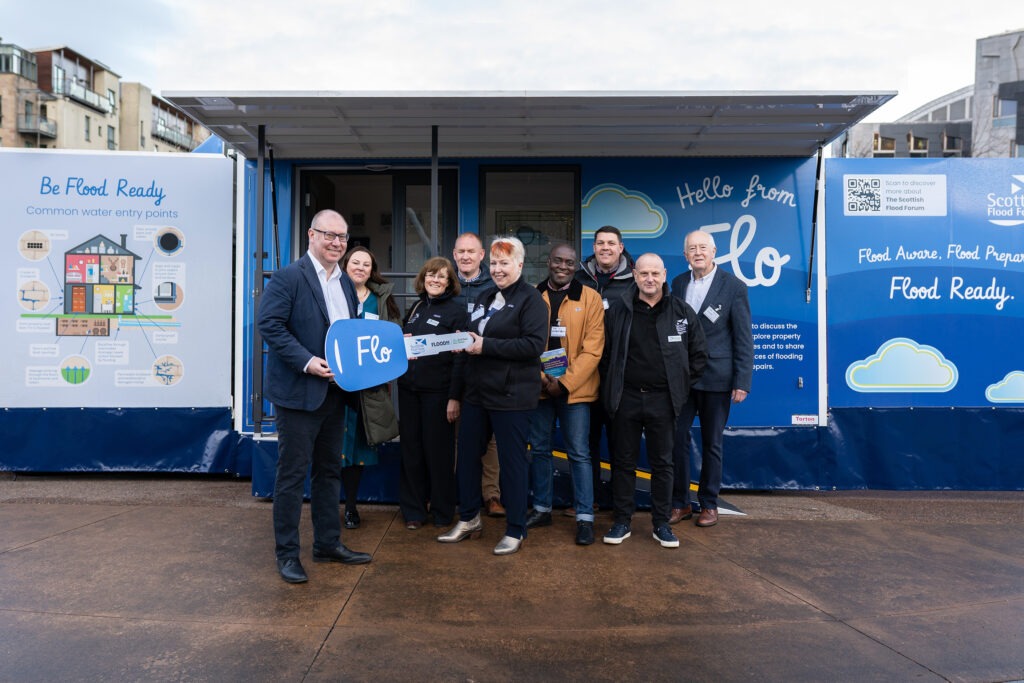
More Than Just a Bus
Standing in Edinburgh at Flo’s official launch, I felt a real sense of pride—not just in the design itself, but in what it represents. Flo is a catalyst for change, helping to shift the conversation from flood recovery to flood resilience.
By combining thoughtful design with practical flood solutions, Flo transforms awareness into action. It helps communities move from uncertainty to empowerment, giving them the tools they need to protect themselves against future floods.
The road ahead is still challenging, but projects like Flo show what’s possible when we put people at the heart of the solution.


